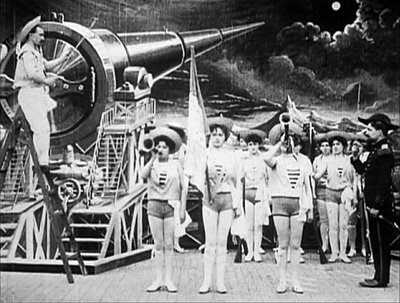Correct. He's orchestrating the entire thing on a hidden agenda. That agenda is to investigate, test and model the (essentially unexplored) dynamics of a magnetic launch tube. this team? They're building a test mule with no modeling for passengers or cargo that operates well outside the envelope of conventional passenger traffic. It's also only good to a third of Musk's design speed (which is about 4% of what you need for low earth orbit). MIT's prototype isn't even as fast as the TGV, which has been in operation since 1980. There's no science to be done in the passenger-hauling, long-distance-travel paradigm. On the other hand, evacuated maglev tubes have been the pipe dream of choice for space launch since Heinlein. If you're willing to consider chemical launch, you can take it back to 1902. Rockets are an anomaly. Musk himself has said so. But they're what we got right now. Hyperloop is Musk's play to move beyond rockets.The MIT Hyperloop team seems to be pretty enthusiastic about their design (which won and is now to be constructed)
Our primary goal is to demonstrate high speed, low drag levitation, lateral control, and emergency braking technologies in a safe, scalable, and feasible pod design. Because our priority is addressing these technical challenges, our current design for the pod competition does not include passenger or payload compartments. Pending SpaceX launcher specifications, our 250kg pod should be accelerated at 2.4G to a max speed of 110m/s.
